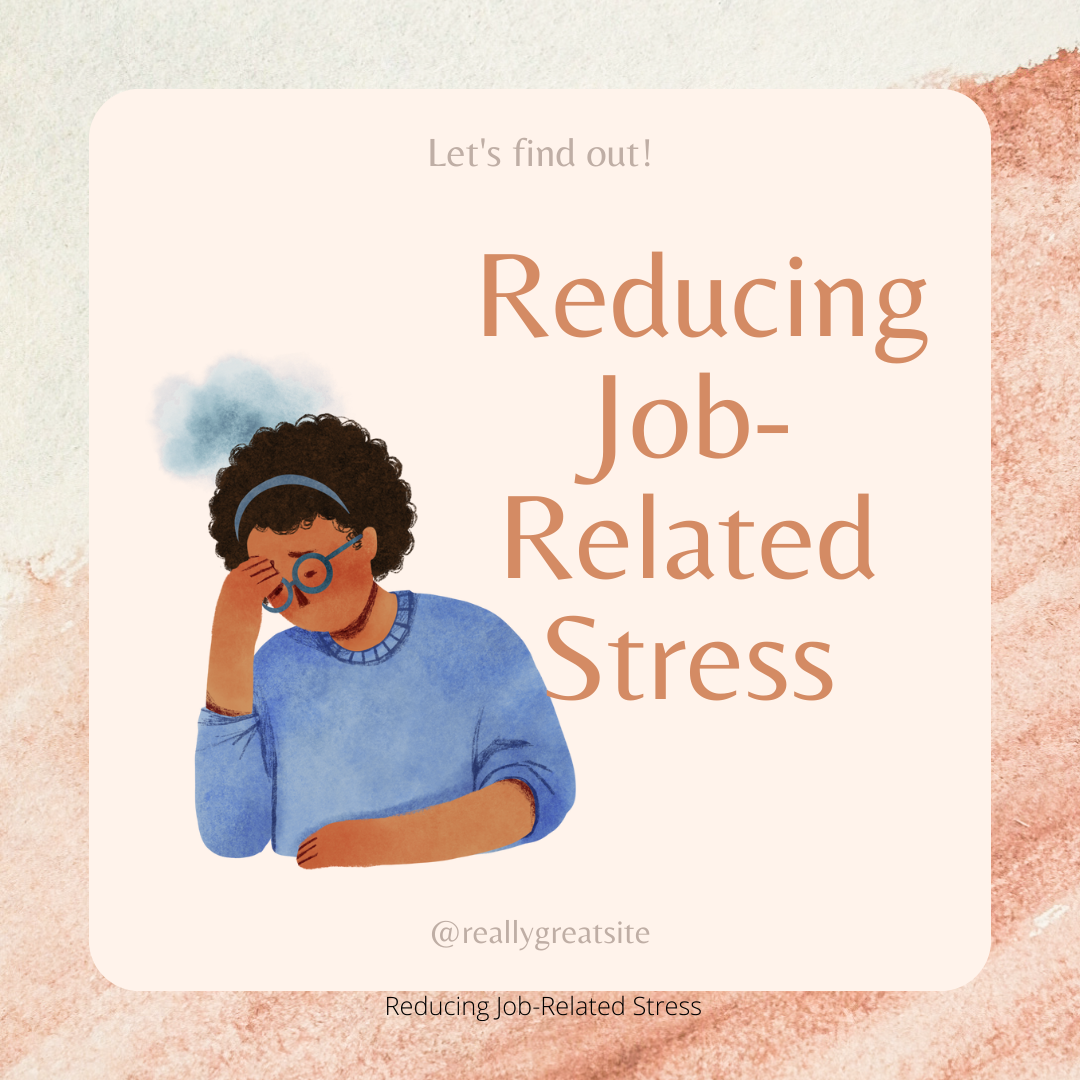One of the most devastating things that can happen to a city is for one of its buildings to collapse. Not only does it cause extensive property damage, but it can also lead to loss of life. Unfortunately, such disasters are all too common, and there are a number of reasons why buildings collapse.
In the past few weeks following the death of the queen Elizabeth, we have watched with amazement old buildings, castles and churches in the UK dating thousands back. Some notable ones being Westminster Abbey, the hosted the queens funeral as the world watched is over 700 years old.
Statistics of collapse of buildings
In Kenya, a study carried out by national construction authority on 14,895 buildings found that 72% were unsafe, 8% were fair and only certified 15% of the buildings. The loss of life and investment is massive and those cased end up not being well investigated with over 52% either not investigated or no strategy on the part of authorities to prevent the menace.
The biggest building collapse accident was in Bangladesh a building named Rana Plaza. About 2,500 were injured while the death toll stood at 1132 people.
In this article we dive into answering the question what makes the buildings collapse.
Structural design
One of the most common causes is poor structural design. In some cases, buildings are not designed to withstand the stress of severe weather conditions or earthquakes. The ultimate goal of structural design is to create a safe, efficient, and economical structure that can withstand all loads to which it may be subjected during its lifetime.
Structural design meaning
Structural design is the process of planning and proportioning the elements of a structure such as beams, columns, floors, walls, and roofs. It also includes the selection of materials and the determination of their essential structural behavior, such as strength, stiffness, and stability
In engineering, structural design is the creation of a system that will support a load without failure. The main purpose of structural design is to make sure that the system being designed can safely support the anticipated loads without breaking. This includes both the static loads, such as dead weight, and the dynamic loads, such as wind or earthquake forces. The structural designer must take into account both the strength of the materials being used and the way in which they will interact with one another. In addition, the structural designer must consider the effects of long-term exposure to environmental conditions, such as moisture or temperature extremes. By ensuring that a system can safely support its anticipated loads, structural design plays an essential role in protecting public safety.
Unfortunately faulty construction methodology foundation failure and corruption can lead to serious consequences for both the builders and users of a faulty structure. Such disasters underscore the importance of proper structural design. While no structure can be guaranteed to be absolutely disaster-proof careful attention to detail in both the design and construction phases can go a long way towards ensuring safety.
Poor compliance
Additionally, poor compliance with building codes can also lead to collapses.
One of the most common reasons why buildings collapse is poor compliance. This can happen when builders do not follow the blueprints or when they cut corners to save time or money. As a result, the structure of the building is compromised, and it is much more likely to collapse in the event of an earthquake or other disaster. In some cases, poor compliance can also lead to faulty wiring or other safety hazards. These problems can be incredibly dangerous and put the lives of occupants at risk. That’s why it’s so important for builders to always follow the plans and adhere to building code. By doing so, they can help to ensure that their structures will be safe and able to withstand any potential threats.
Quality of construction materials
In other cases, subpar construction materials or poor quality control during the construction process can result in structural weaknesses that eventually cause a building to come down. Whatever the cause, the results of a collapsed building are always disastrous.
This could be due to a number of reasons, such as the materials being too weak to support the weight of the building, or because they have not been properly treated to withstand weather conditions. Poor quality construction materials can also lead to fire hazards, as well as health and safety concerns for occupants. As such, it is essential that only high quality materials are used in construction projects. By doing so, we can help to ensure the safety of buildings and those who occupy them.
Faulty construction methodology
Faulty construction methodology can include using substandard materials, faulty workmanship, and not following the building code. Inadequate support, poor materials, and shoddy workmanship can all contribute to a structure that is prone to failure. In some cases, faulty construction is the result of corners being cut in order to save time or money. In other cases, it may be the result of inexperience or incompetence. Regardless of the cause, faulty construction can have devastating consequences.
Buildings that collapse can cause injuries or even fatalities, and the damage can extend far beyond the physical structure. When a building collapses, it can disrupt transportation, communication, and other vital services. It can also cause extensive financial losses for the owners and occupants of the building, as well as for businesses and organizations in the surrounding area. As a result, it is crucial to ensure that all buildings are constructed using sound methodology.
Foundation failure
The most common type of foundation failure is when the foundation settles unevenly, causing cracks and other damage. When a foundation is not properly designed or constructed, it can be unable to support the weight of the building, leading to cracks and eventually complete failure. In some cases, foundation failure can be caused by environmental factors such as soil erosion or changes in moisture levels. In other cases, it may be the result of human activity, such as excavation work or construction traffic.
No matter the cause, foundation failure can be devastating, resulting in property damage and even loss of life. As a result, it is essential to work with a qualified engineer when designing and constructing any type of building.
Geotechnical engineers are trained to assess a site and determine whether it is suitable for building construction. They also design foundations that are strong enough to support the weight of the building and resistant to shifting or settling soils. By understanding why buildings collapse, we can design safer structures that are less likely to fail.
6. Corruption
corruption is one of the main reasons why buildings collapse. Corruption can also play a role in collapsed buildings, as corrupt officials may approve faulty construction or turn a blind eye to code violations. In addition, bribes and kickbacks often lead to corners being cut during construction, which can jeopardize the safety of a building.
Conclusion
While no building is completely safe from collapsing, these three factors often contribute to the failure of a structure. Whatever the cause, the results of a collapsed building are always disastrous.
The investigation is still underway, but we will continue to update this blog as more information is released. In the meantime, if you have any questions or would like to discuss a potential project with our team, please don’t hesitate to reach out. We are here to help you make sure your building is safe and compliant with all necessary codes.
It’s important to remember that buildings can collapse for many reasons – from structural failure caused by faulty construction materials or improper installation, to corruption within the government agencies responsible for ensuring safety compliance. No matter what the cause, it’s crucial that property owners take steps to ensure their buildings are safe and structurally sound. At Zelena Africa, we work with partners in helping our clients meet all of their construction compliance needs. Let us know how we can help you keep your building upright and avoid a costly disaster.





